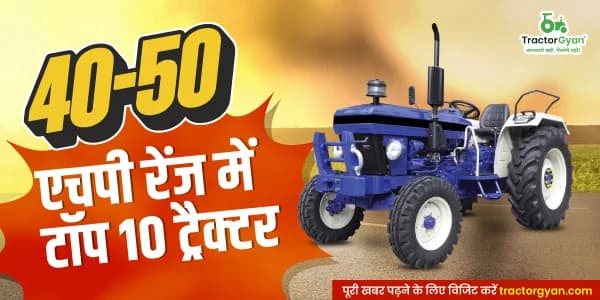What is DBT agriculture Bihar (Dbt bihar) | Registration, Scheme & Benefits
We have often come across many government plans and policies which are introduced for the welfare of the country. Similarly, the government of India is working and aiming high to make India a poverty-free country by introducing various schemes and acts for the deserving and needy ones,
What is DBT direct benefit transfer?
DBT Direct Benefit transfer is an anti-poverty scheme launched by the government of India in the year 2013. DBT is a way to alter the method of transferring the benefits or subsidies as under DBT the subsidies are directly transferred to their respective bank accounts.
What is DBT Agriculture?
A government of India program called Direct Benefit Transfer (DBT) aims to improve the provision of subsidies. The program was implemented gradually, beginning with 43 Districts on January 1, 2013, for 26 Central Government Schemes from various ministries and departments.
The Indian Department of Agriculture controls and manages DBT as the main component. It controls several agricultural programs from a single platform. The goal is to give farmers access to direct subsidy payments into their accounts. Essentially, this blog is focused on DBT agriculture practices and other unique information.
Direct Benefit Transfer Agriculture Portal
Only the DBT Agriculture Department, whose primary objective is to deposit money into farmers' accounts, oversees all government-run programs in India.
Through this platform, all the information and specifics about farmers can be gathered so they may benefit from federal and state government programs. Through this, all agricultural plans are registered, and money is transferred straight to the farmer's account.
Additionally, you can only participate in any government program after registering here. Additionally, it provides you with all the details regarding the state and federal governments' agricultural programs.
How are Direct Benefit Transfer DBT programs implemented?
The Planning Commission oversees regulating several DBT Agriculture projects for the benefit of the farmers.
DBT programs were first implemented in 43 districts, and afterward 78 additional districts were included in 27 schemes that addressed the welfare of women, children, and the working class.
2014 saw another nationwide expansion of the DBT. Seven more scholarship programs are covered under DBT together with the Mahatma Gandhi National Rural Employment Guarantee Act.
DBT plays a significant role in developing various policies and programs in all Union Territories and States.
How did Direct Benefit Transfer DBT come into account or be introduced?
On January 1, 2013, the program was started in a few Indian cities. It began in 20 areas, initially covering scholarships and social security benefits.
On January 6, 2013, the scheme was inaugurated in Gollaprolu, East Godavari district, by Jairam Ramesh, former Union Minister for Rural Development, and N. Kiran Kumar Reddy, former Chief Minister of Andhra Pradesh. The government has chosen to conduct a periodical review of the progress.
The first review was supposed to take place on January 15, 2013. The initiative would be pushed out over 11 more districts by 1 February and 12 more districts by 1 March 2013, according to P. Chidambaram, India's former Union Minister of Finance. The government decided in April 2013 to expand the DBT system to 78 more districts across the country starting July 1, 2013.
After a review meeting, by then-Prime Minister Dr. Manmohan Singh made the decision. Six districts each from Uttar Pradesh and Himachal Pradesh, three from Bihar and Tamil Nadu, two from West Bengal, and four each from Odisha and Gujarat would make up the 78 new districts.
tg_quick_links
What is the structure or Formation of DBT?
The primary goal of the Direct benefit transfer program is to bring out transparency and pilferage that is avoiding the stealing of little items from the distribution of funds introduced by the Government of India.
Benefits or subsidies are immediately transferred to citizens living under the poverty line.
The Office of Controller General of Accounts is implementing the Central Plan Scheme Monitoring System (CPSMS), which serves as a common platform for DBT routing. The Aadhaar Payment Bridge may be used to prepare the beneficiary list, digitally sign it, and execute payments into the recipient's bank accounts via the CPSMS.
Starting November 15, 2014, a modified version of the DBTL plan was implemented in 54 districts across 11 states, including all of Kerala, allowing LPG consumers who had not previously benefited to receive a cash subsidy amount to purchase Liquefied Petroleum Gas (LPG) cylinders at market pricing.
By the end of May 2016, DBT had been applied to 74 schemes across 17 ministries in the federal government. In December 2017, DBT was deployed in 400 schemes across 46 ministries.
Aim of Direct Benefit Transfer
The Government of India's Direct Benefit Transfer (DBT) program aims to transfer payments directly into end beneficiaries' Aadhaar-linked bank accounts, eliminating any existing system flaws such as diversions and duplicate payments.
Direct Benefit Transfer Schemes
There are 317 schemes under DBT. The list of some important schemes under direct benefit transfer that remain in the news or are important for the civil services examination is given below:
1. Pradhan Mantri Fasal Bima Yojana
2. National Food Security Mission
3. National Mission for Sustained Agriculture – NMSA-Rainfed Area Development
4. Pradhan Mantri Krishi Sinchai Yojana
5. PM KISAN
6. National Livestock Mission
7. Swachh Bharat Mission Gramin
8. Atal Pension Yojana
9. Pradhan Mantri Vaya Vandana Yojana
10. Pradhan Mantri Matsya Sampada Yojana
11. Ayushman Bharat – Pradhan Mantri Jan Arogya Yojana (AB-PMJAY)
12. Pradhan Mantri Bhartiya Jan Aushadhi Pariyojana (PMBJP)
13. Deen Dayal Upadhyay Grameen Kaushalya Yojna
14. DAY-NRLM
15. Khelo India
16. National AYUSH Mission – Medicines under AYUSH Services
17. Green India Mission National Afforestation Programme
18. Pradhan Mantri Shram Yogi Maan-Dhan (PM-SYM)
You can learn about many more such agricultural programs and policies by going directly to the DBT portal. The DBT agriculture processes and initiatives are covered in full detail by Tractor Gyan as well. Visit Tractor Gyan often to learn more about it in depth.
Advantages of Direct Benefit Transfer
1. We'll get rid of middlemen. Leakages will therefore be decreased.
2. The elimination of false and duplicate beneficiaries would be made possible by the Aadhar card's biometric identification system.
3. One of the major issues beneficiaries have is money transfer delays, which are prevented by the DBT scheme's time-bound transfers.
4. Because subsidies and benefits of social systems are distributed directly, this scheme does away with middlemen and rents for "fair pricing stores." Long-term economic benefits include lower structural spending, which will benefit India.
5. Transparency in the way benefits are given out.
6. Since items are available to everyone at market prices, there will be healthy rivalry among market vendors. It will be impossible for middlemen to shift subsidized wheat to markets.
7. It promotes the opening of bank accounts.
tg_quick_links
Disadvantages of Direct Benefit Transfer
1. To enroll beneficiaries in rural areas, most banks appoint Business Correspondents. For financial incentives, they could create multiple accounts for each beneficiary. Numerous complaints have also been made about the recipients not receiving passbooks, which has led to their ignorance of the program. Beneficiaries who lack literacy are more at risk in this situation.
2. Direct cash has the potential to be misused and may not be used for intended purposes. For instance, since most beneficiaries' households are headed by men, income may be used for smoking and drinking instead of food subsidies.
3. Since there are few micro-ATMs, which were designed to give cash benefits at doorsteps, many beneficiaries must travel far to withdraw money.
Process Of Direct Benefit Transfer
1. Beneficiary Account Validation
These systems are workflow-based systems for social sector Central Sector, Centrally Sponsored, and State-linked schemes, and include functionalities such as beneficiary application for a scheme with bank account/Aadhaar details, scheme owner examination for beneficiary eligibility under scheme guidelines, initiate verification of bank account/Aadhaar, initiate payment through Fund Transfer Order, and other MIS related functions, among others.
MNREGA, PM-AWAS, PM-KISAN, DBT-PAHAL, and other systems are examples. While many of the initiatives have Aadhaar-linked payments, cases are still processed with bank account numbers if Aadhaar is not accessible.
2. Payment and Reconciliation
The Scheme IT systems commence payment after selecting valid beneficiaries by sending payment instructions to PFMS, which are then routed to banks after mandatory beneficiary confirmation.
With NPCI, PFMS has evolved into a powerful payment and reconciliation platform that is integrated with 500+ banks for verification of beneficiary bank accounts and Aadhaar seeding of beneficiary bank accounts.
This pre-validation of the beneficiary account/Aadhaar linked bank significantly reduced payment failures as well as the time it took for the money to reach the recipient.
Banks play a vital part in the DBT process flow. As all account-based payments go through basic banking channels, processing efficiency at this step, together with the flow of reverse MIS, gave the DBT program the boost it needed.
3. Aadhaar Payment Bridge (APB)
One of the unique payment systems adopted by NPCI is the Aadhaar Payment Bridge (APB) System, which employs the Aadhaar number as a central key for electronically channeling government payments and subsidies into the intended recipients' Aadhaar Enabled Bank Accounts (AEBA). The National Payments Corporation of India (NPCI) develops an Aadhaar mapper to make money transfers easier. This mapper serves as the backbone of the Aadhaar Payments Bridge (APB), storing information on the banks that have been seeded with the Aadhaar number and allowing NPCI to route payments to the destination bank and provide credit to the DBT recipient.
Farmers' information and details can be collected using this portal, allowing them to take advantage of state and federal government initiatives. Money is delivered straight to the farmer's account, and all agricultural plans are registered because of this.
Furthermore, only after enrolling here can you take advantage of any government program. It also provides you with all the information you need about the state and federal government's farm-related programs.
Roles For Operating Processes For DBT
-
There are different kinds of processes to be followed in operating the processes of DBT such as:
-
Registration in Public Financial Management System.
-
Steps that must be followed.
-
The database of the beneficiary is created.
-
All the details of the beneficiary must be accurate and checked.
Types of schemes in DBT Agriculture
In order to ease the load of farmers, we know that the government has incorporated DBT as a subsidy for reducing the work and reducing the hassle farmers face in meeting their agricultural needs.
DBT is a process of distributing subsidies to farmers however there are certain types of DBT methods under which farmers receive their benefits
1. In – Kind incentive
In-kind incentive makes sures while offering benefits to farmers Through respected central agencies, the government gives beneficiaries subsidies. Sometimes the cost of purchasing a good that can be freely given away and giving it to the person they have chosen to receive it is covered by the government. The beneficiaries then pay a tiny or very small amount for these goods.
2. Cash transfer
Direct monetary payments in the form of subsidies are made to farmers. Individual beneficiaries of government cash subsidies receive money in a variety of ways, including directly in their hands, from the state treasury to their accounts, through the government-appointed implementation organization, or by picking it up from the federal or state government.
Grants, benefits, and other forms of payment are also used to provide subsidies to non-governmental groups. These payments are made to keep farmers' rights protected and frozen, preventing any possibility of fraud or deception.
DBT is a progressive approach to agricultural
DBT is a better way for a farmer to exercise their right to the subsidy have been made possible by the government. The government laws make it simple for them to process and account for the money they get through transactions, reducing the possibility of any delays. The Central and State governments have figured out the best technique to give a farmer a deserving subsidy in order to protect the rights and authority of farmers. The least expensive and most profitable method of producing the finest farmer subsidies is DBT agriculture. Not becoming too involved is the aim.
About TractorGyan
Tractor Gyan is an expert-led platform that aims to empower Indian farmers by providing accurate and timely information, and technological advancement about tractors and farm equipment in India.
TractorGyan helps farmers with New Tractor information, Compare Tractors, Tractor prices, Buying and selling of second-hand tractors, Tractor Insurance, Tractor Finance, Tractor tyre, Tractor Implements, Tractor EMI calculator and more.
On our Platform, we have information about leading brands :
- In tractors like Swaraj Tractor, Preet, Farmtrac, Vst shakti
- In Tyres like BKT, Ceat, Apollo etc.
- In Tractor Loan/Finance like Central Bank Of India, State Bank Of India, etc.
- In Tractor Implements like Kartar, Fieldking, Landforce, KMW, etc.
- In Tractor Insurance like Mahindra Finance, Axis Bank, ICICI Bank, etc.
TractorGyan is Helping India mechanise by delivering crucial information about tractor buying and guiding farmers at every step so that they get a tractor or farm equipment that empowers and equips them to produce quality yield.
कैटेगरी
और ब्लॉग पढ़ें
Faridabad, August 1st, 2023: Escorts Kubota Limited Agri Machinery Business Division in July 2023 sold 5,570 tractors up by 3.9% as against 5,360 tractors sold in July 2022.
Escorts Kubota Limited Agri Machinery (Farmtrac tractor, Powertrac tractor and Digitrac tractor)...
एस्कॉर्ट्स कुबोटा लिमिटेड एग्री मशीनरी, जिसके अंदर फार्मट्रैक ट्रैक्टर, पॉवरट्रैक ट्रैक्टर और डिजिट्रैक ट्रैक्टर आते है, आज किसी परिचय की मोहताज नहीं है। हर साल यह कंपनी अपने आधुनिक ट्रैक्टर की मदद से अच्छी बिक्री करने में कामयाब रही है।
जुलाई 2023 की...
वीएसटी टिलर्स ट्रैक्टर्स लिमिटेड कंपनी अपने उन्नत ट्रैक्टर निर्माण की वजह से दुनिया भर में जानी जाती है। अभी हाल ही में इस कंपनी ने जुलाई महीने में होने वाली कुल ट्रैक्टर और पावर टिलर की बिक्री की रिपोर्ट जारी की है...
इसके बारे में अपनी टिप्पणी लिखें What is DBT agriculture Bihar (Dbt bihar) | Registration, Scheme & Benefits
.webp&w=1920&q=75)
ट्रैक्टर और कृषि से जुड़े सबसे अधिक खोजे जाने वाले ब्लॉग्स
17 Dec 2025
17 Dec 2025
29 Jul 2025
08 Sep 2025
03 Jul 2025
30 Jul 2025
30 Jul 2025
30 Jul 2025
29 Jul 2025
30 Jul 2025
29 Sep 2025
31 Jul 2025
17 Dec 2025
31 Jul 2025








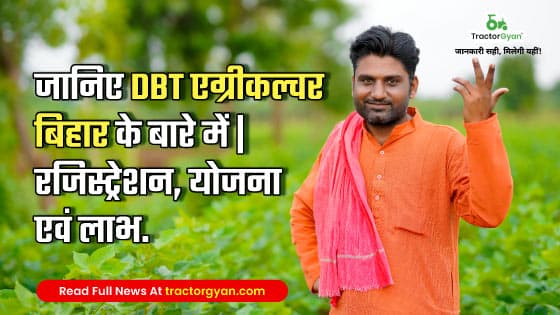




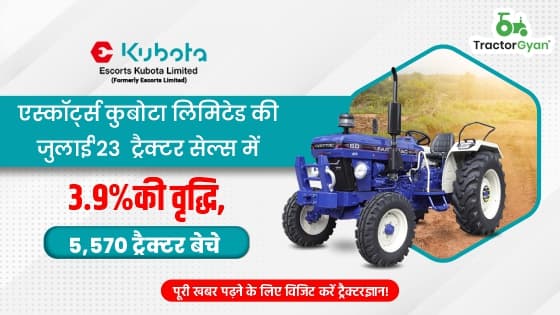
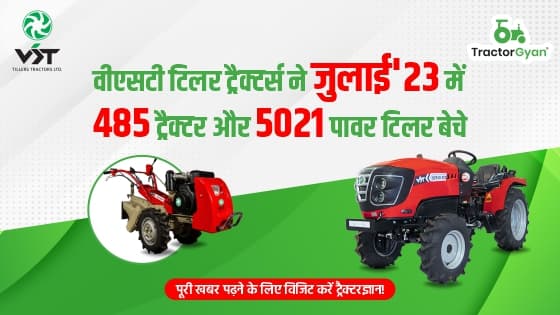
.webp&w=2048&q=75)
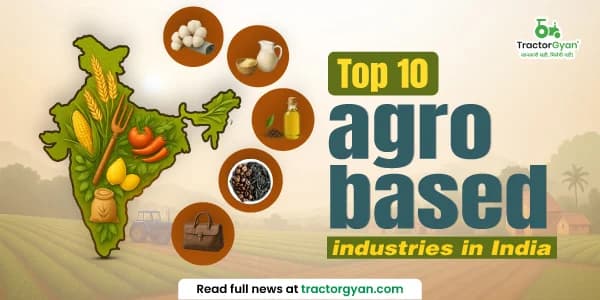
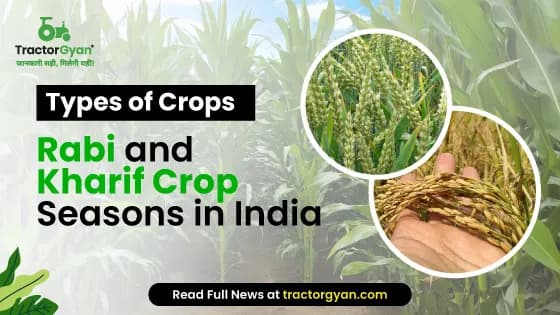

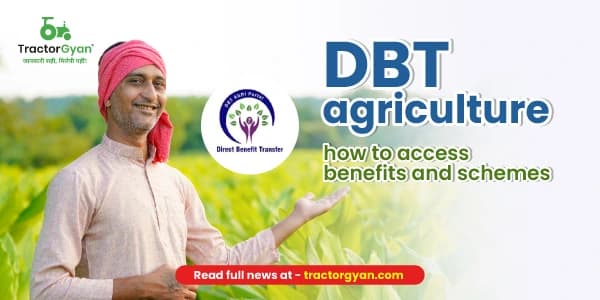
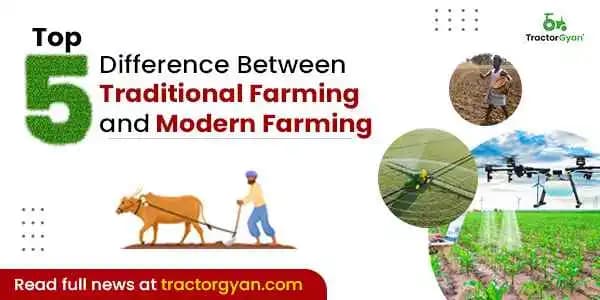
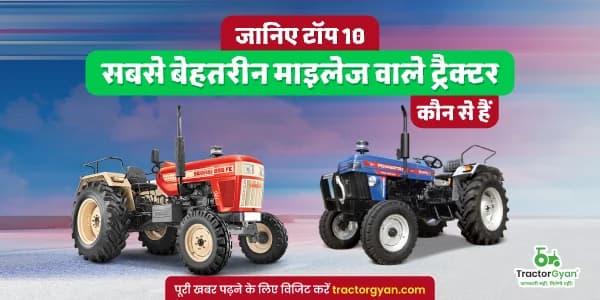
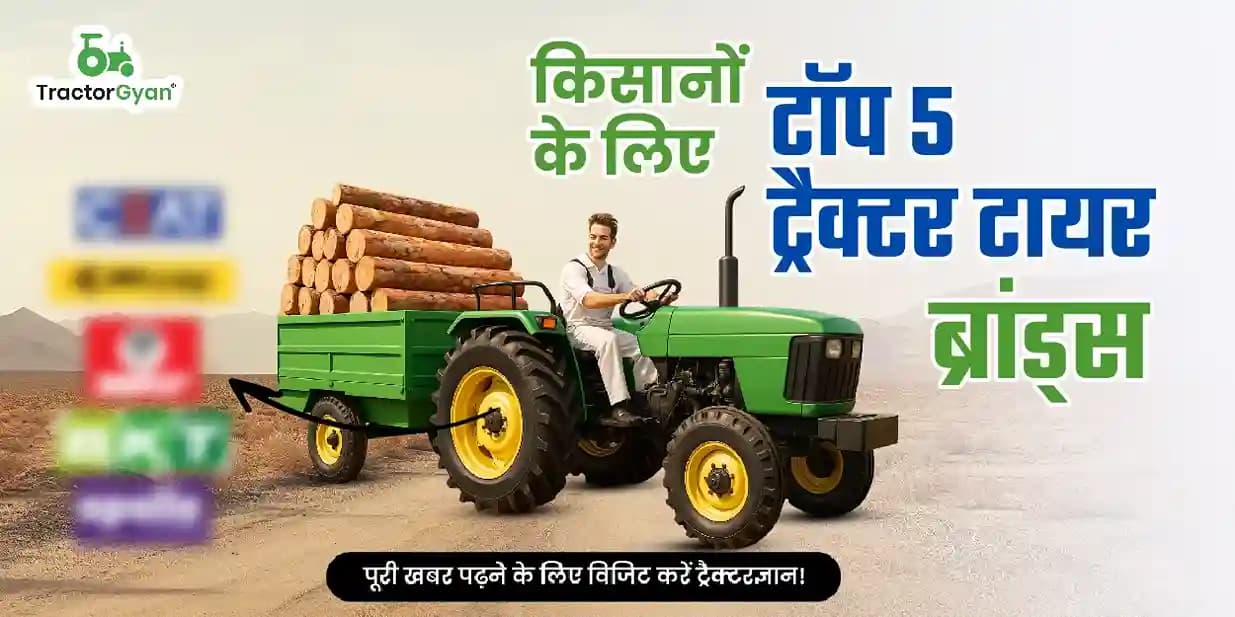
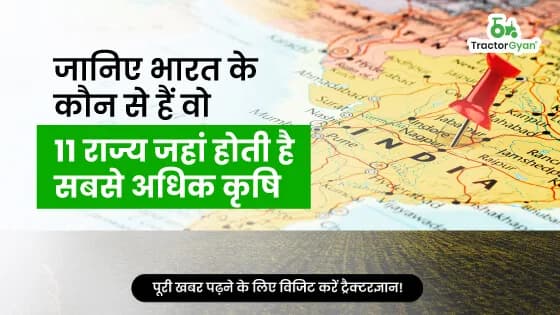
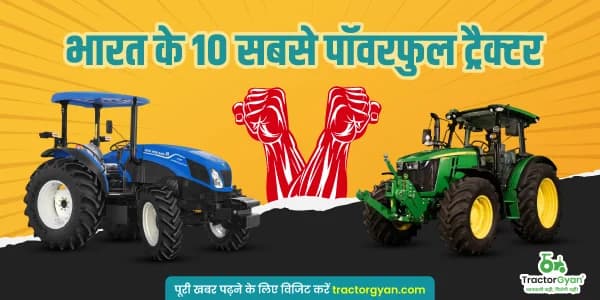
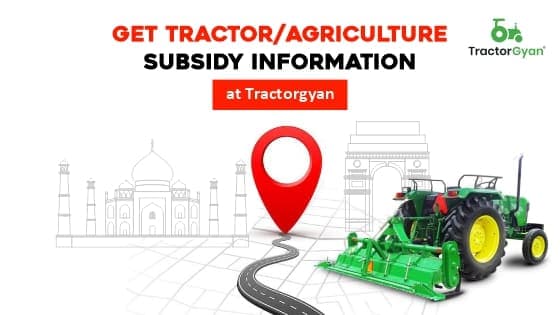
.webp&w=2048&q=75)
.webp&w=2048&q=75)
